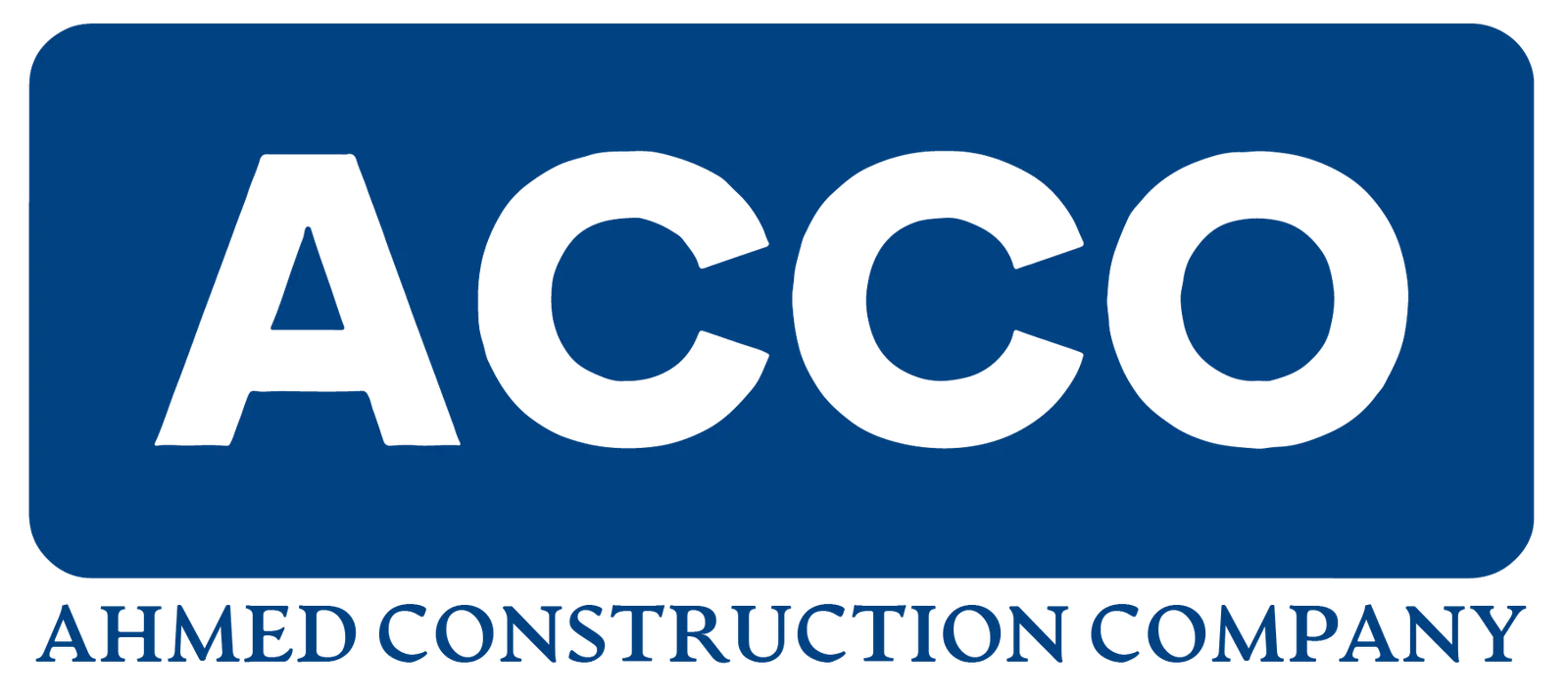
Korea Offshore Wind Cable Maker Starts $700M US Plant, Eyeing Long Term Outlook

Defying the turbulence surrounding the U.S. wind energy market, escalated by recent actions of the Trump administration to deter sector construction, LS Greeenlink is pressing ahead to build what will be the nation’s largest facility for manufacturing subsea high-voltage direct-current cables used to link offshore wind farms with onshore grids.
The U.S. subsidiary of South Korea’s LS Cable & System officially broke ground on April 28 for the nearly $700-million, 753,473-sq-ft facility, to be located on a nearly 100-acre riverfront site in Chesapeake, Va. The company, which has not disclosed a contractor for the project, says construction is scheduled to finish in the third quarter of 2027, with mass production beginning early the following year.
Plans call for LS GreenLink to initially develop about half of the site, including a 659-ft tall Vertical Continuous Vulcanization (VCV) tower that, when complete, will be Virginia’s tallest structure.
A new pier in the Elizabeth River will allow finished cables to be loaded directly onto vessels for shipment to project sites worldwide. The company says the remainder of the site will be developed as demand and production capabilities evolve.
The project has qualified for up to $147 million in support from state and federal development programs, including a $99-million investment tax credit approved during the Biden administration under the Inflation Reduction Act. LS GreenLink says it has already lined up European grid operator Tennet as the facility’s first customer.
LS GreenLink’s Virginia initiative is a rare bright spot for the U.S. wind energy sector this year, having been buffeted by bad news since the second Trump administration began with an Inauguration Day executive order halting all new federal leases and project permits. While the order did not initially affect projects already permitted or underway, it authorized federal officials to “review the ecological, economic, and environmental necessity of terminating or amending any existing wind energy leases.”
That was Interior Secretary Doug Burgum’s claimed justification for halting construction of Equinor’s $5-billion Empire wind energy project off the New York coast, a project approved during Trump’s first term. Other efforts currently underway have so far been allowed to continue, the largest of which is Dominion Energy’s $10.7 billion, 176-turbine Coastal Virginia Offshore Wind project.
Less certain are projects currently in the pipeline, particularly following the president’s unhinged comments about wind turbines at a recent rally in Michigan.
These trends recently led research consultant BloombergNEF to cut its 2035 forecast for offshore wind installations by more than half, with new cumulative capacity over the next decade now expected to reach only 17GW.
Still, offshore wind proponents insist that new installations offer the best approach to meeting the nation’s growing demand for energy, particularly given continuing proliferation of data centers supporting artificial intelligence functions.
A separate BloombergNEF analysis projects that current electricity demand from these facilities will rise faster than any other load class over the next decade, more than doubling its percentage of 2024’s demand–from 3.5% to 8.6%, a faster rise than any other major load class the report says.
“We need every electron we can get,” Dominion’s senior vice president of project construction, Mark Mitchell said at industry advocacy group Oceantic Network’s 2025 International Partnering Forum in Virginia Beach, Va., an event that coincided with both the timing and location of the LS GreenLink facility groundbreaking.
Speaking at the same conference, Bon-Kyu Koo, CEO of LS GreenLink’s parent company, said he’s more focused on the sector’s long-term fortunes.
“We’re going to have our ups and downs, but if you look at the long period curve, this will be a curve that will now be going up,” Koo said. Taking such a perspective, he added, means “we don’t worry too much.”
Post a Comment
You must be logged in to post a comment.





